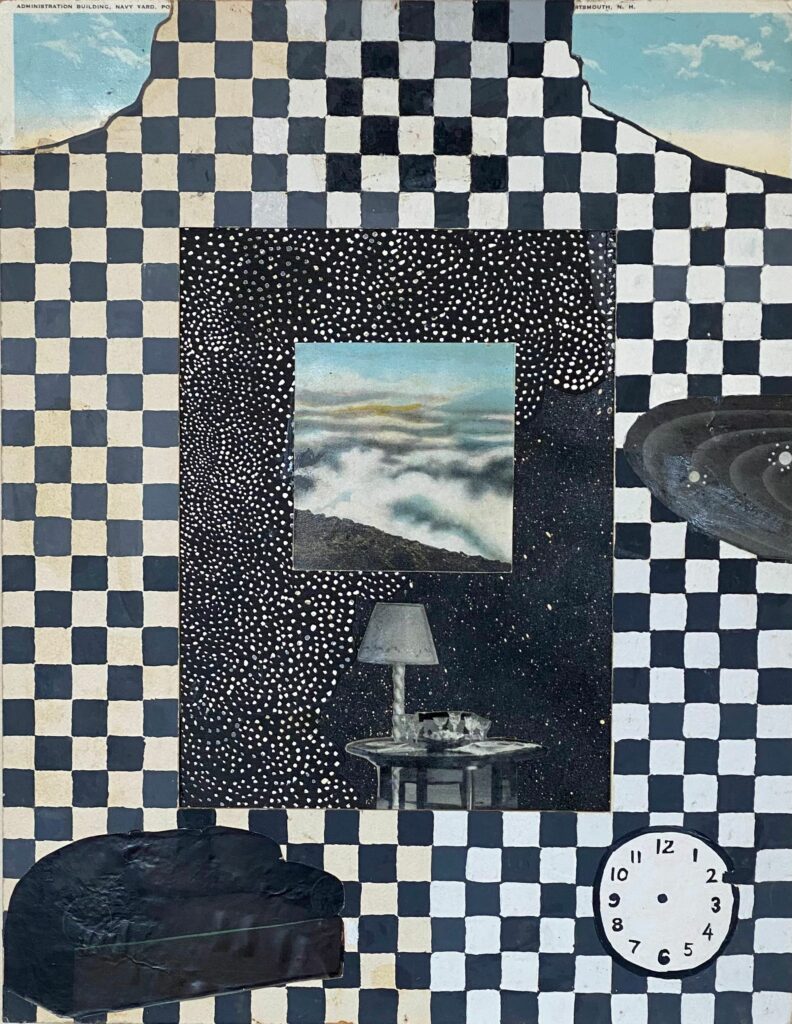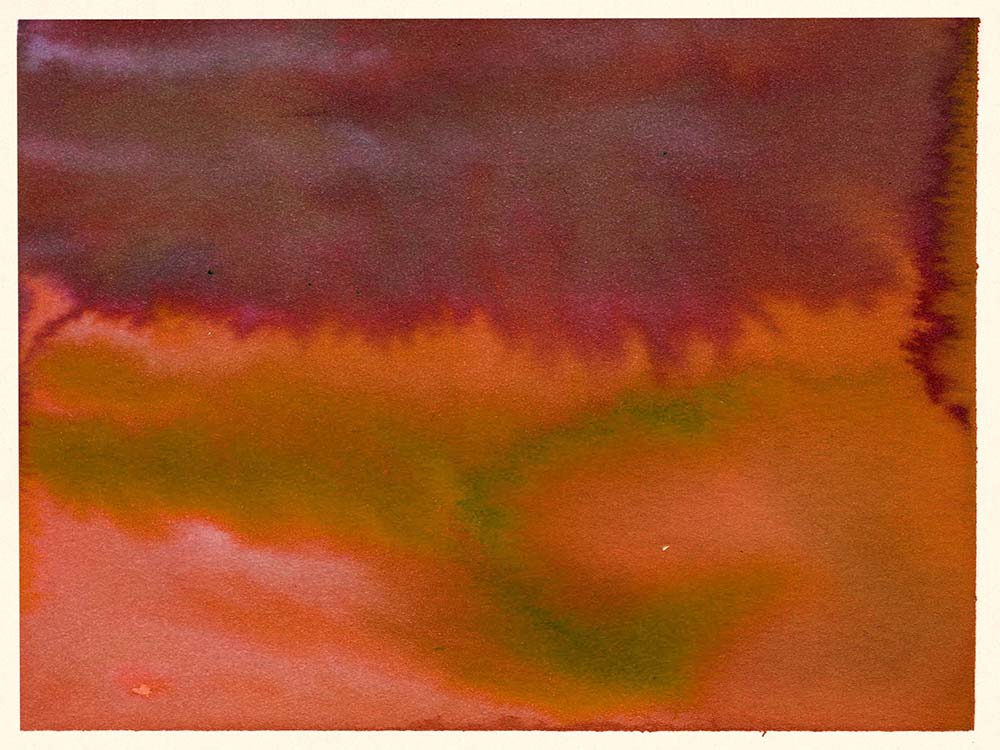This isn't a normal asteroid.
Planetary scientists suspect that a space rock that appears to follow Earth around the sun (because it has a very similar orbit) is Online Selling (2025)likely a chunk of the moon. Importantly, the 150 to 190-foot-wide asteroid is not a threat to Earth, but it's certainly a curiosity in our solar system's neighborhood.
In the new research, published in the science journal Communications Earth and Environment, scientists found the asteroid (named Kamo`oalewa) reflected sunlight much differently than typical asteroids. Rather, it reflected light more akin to lunar rocks.
Indeed, the moon origin seemed unlikely. "We doubted ourselves to death," Vishnu Reddy, an associate professor of lunar and planetary sciences at the University of Arizona and a coauthor of the research, said in a statement.
But after a few years of observations with powerful telescopes, and new observations in 2021, the moon became the best explanation. "It's easier to explain with the moon than other ideas," said Ben Sharkey, a study co-author and University of Arizona planetary sciences graduate student.
Astronomers discovered Kamo`oalewa in 2016 and created a visualization of its orbit, which you can watch below. As it orbits the sun, the asteroid loops around Earth each year, which is why it's been dubbed "Earth's constant companion." This companion, fortunately, doesn't come closer than within 9 million miles of Earth. That's about 38 times farther than the moon.
Importantly, near Earth objects of Kamo`oalewa's size can potentially pose a threat to Earth. Some 50,000 years ago, an asteroid 100 to 170 feet across left a 600-foot-deep crater in Arizona. "A similar-size impact event today could destroy a city the size of Kansas City," David Kring, an impact expert at the Lunar and Planetary Institute, told NASA in 2021.
SEE ALSO: NASA's sci-fi mission to move an asteroid is crucial for humanityIn a couple weeks, NASA will launch an unprecedented mission to another asteroid, called Dimorphos, to test humanity's ability to deflect an asteroid that's destined to impact Earth. NASA has never, however, issued a warning for an imminent asteroid strike.
(Editor: {typename type="name"/})
 Lego free Valentine's Day Heart: How to get free Lego
Lego free Valentine's Day Heart: How to get free Lego
 Elon Musk acted like an ecstatic child as SpaceX's rocket landed for the 1st time
Elon Musk acted like an ecstatic child as SpaceX's rocket landed for the 1st time
 Michelle de Kretser and David Orr Recommend; Our Editors Remember Hilary Mantel by The Paris Review
Michelle de Kretser and David Orr Recommend; Our Editors Remember Hilary Mantel by The Paris Review
 Has Henry James Put Me in This Mood? by Donna Dennis
Has Henry James Put Me in This Mood? by Donna Dennis
 Early Prime Day deals on self
Early Prime Day deals on self
Here's how I feel about all this Stephen Hawking 'news' going around
 There are some stories that, as a space journalist, you just don't want to cover. And well, famed co
...[Details]
There are some stories that, as a space journalist, you just don't want to cover. And well, famed co
...[Details]
Cooking with Intizar Husain by Valerie Stivers
 Cooking with Intizar HusainBy Valerie StiversDecember 1, 2022Eat Your WordsPhoto by Erica Maclean.Th
...[Details]
Cooking with Intizar HusainBy Valerie StiversDecember 1, 2022Eat Your WordsPhoto by Erica Maclean.Th
...[Details]
Best Dyson deal: Snag the Dyson Omni
 SAVE $150.99: Dyson's slimmest hard-floor vacuum, the Omni-Glide, is on sale for just $199 at Amazon
...[Details]
SAVE $150.99: Dyson's slimmest hard-floor vacuum, the Omni-Glide, is on sale for just $199 at Amazon
...[Details]
Yodeling into a Canyon: A Conversation with Nancy Lemann by Sophie Haigney
 Yodeling into a Canyon: A Conversation with Nancy LemannBy Sophie HaigneyOctober 18, 2022Conversatio
...[Details]
Yodeling into a Canyon: A Conversation with Nancy LemannBy Sophie HaigneyOctober 18, 2022Conversatio
...[Details]
Wordle today: The answer and hints for February 13, 2025
 Can't get enough of Wordle? Try Mashable's free version now O
...[Details]
Can't get enough of Wordle? Try Mashable's free version now O
...[Details]
Forbidden Notebooks: A Woman’s Right to Write by Jhumpa Lahiri
 Forbidden Notebooks: A Woman’s Right to WriteBy Jhumpa LahiriDecember 2, 2022The Review’s ReviewAlba
...[Details]
Forbidden Notebooks: A Woman’s Right to WriteBy Jhumpa LahiriDecember 2, 2022The Review’s ReviewAlba
...[Details]
Facebook, TikTok, and Elon Musk's X collect your data when sending iPhone push notifications
 Push notifications are being exploited to invasively collect user data once again, according to a ne
...[Details]
Push notifications are being exploited to invasively collect user data once again, according to a ne
...[Details]
Taylor Swift deepfakes have gone viral. How does this keep happening?
 Being a woman online is scary. In the digital world, as in the real world, harassment and abuse affe
...[Details]
Being a woman online is scary. In the digital world, as in the real world, harassment and abuse affe
...[Details]
CES 2025: How to buy (and save $390 on) the Dreame X50 Ultra robot vacuum
 PRE-ORDER AND SAVE $390:Ahead of its Feb. 14 launch, the Dreame X50 Ultra robot vacuum announced at
...[Details]
PRE-ORDER AND SAVE $390:Ahead of its Feb. 14 launch, the Dreame X50 Ultra robot vacuum announced at
...[Details]
Yodeling into a Canyon: A Conversation with Nancy Lemann by Sophie Haigney
 Yodeling into a Canyon: A Conversation with Nancy LemannBy Sophie HaigneyOctober 18, 2022Conversatio
...[Details]
Yodeling into a Canyon: A Conversation with Nancy LemannBy Sophie HaigneyOctober 18, 2022Conversatio
...[Details]
NYT Connections Sports Edition hints and answers for January 16: Tips to solve Connections #115

Hello, World! Part Four: George Dorn by Sheila Heti

接受PR>=1、BR>=1,流量相当,内容相关类链接。